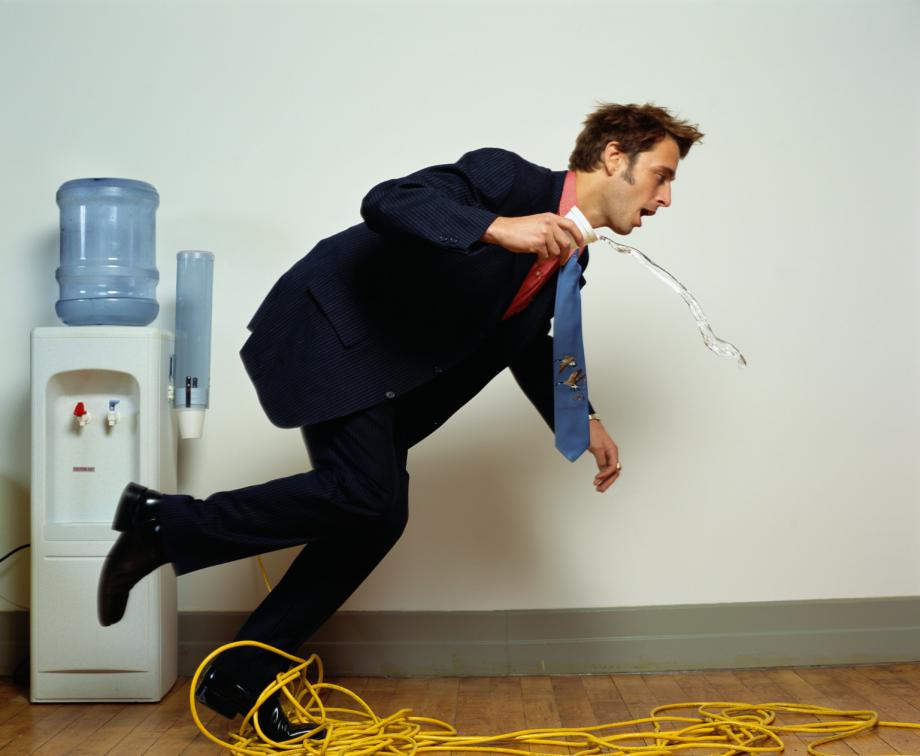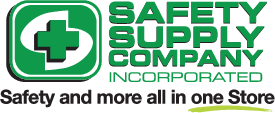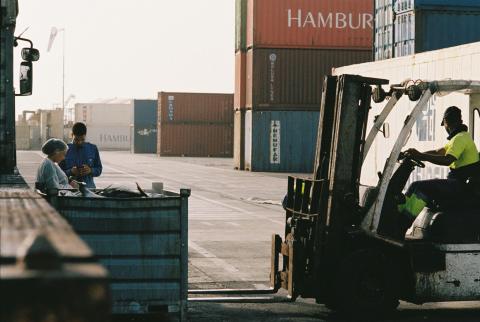Understanding Trip Hazards: The Hidden Danger in Every Workplace

Trip hazards are among the most common causes of workplace injuries, yet they are often overlooked. These seemingly minor obstacles can lead to serious accidents, causing harm to employees and significant costs to businesses. Understanding trip hazards, recognizing their potential impact, and implementing effective prevention strategies are crucial steps toward creating a safer work environment.
What Are Trip Hazards?
Trip hazards are any physical obstructions or uneven surfaces that can cause someone to lose their balance and fall. Common examples include loose wires, uneven flooring, cluttered walkways, and poorly lit areas. Even small items, such as an unsecured rug or a slightly raised floor tile, can pose a significant risk if not properly managed.
In many cases, trip hazards are the result of poor housekeeping or inadequate maintenance. For instance, a cluttered workspace with tools or materials scattered on the floor is a typical example of a preventable trip hazard. Similarly, a worn or damaged floor can create uneven surfaces that increase the likelihood of tripping.
The Impact of Trip Hazards
The consequences of trip hazards can be severe. These incidents can result in everything from minor bruises to serious injuries like fractures, head trauma, or even fatalities.
Beyond the physical harm to employees, trip hazards also have financial implications for businesses. Workplace injuries can lead to increased insurance premiums, workers' compensation claims, and potential legal action. Additionally, the loss of productivity due to injured workers and the time spent investigating and addressing the hazard can further strain resources.
Identifying and Preventing Trip Hazards
Preventing trip hazards starts with awareness. Regular workplace inspections are essential to identify potential trip hazards before they cause harm. During these inspections, attention should be paid to common areas where trip hazards are likely to occur, such as entrances, stairways, and walkways.
Here are some practical steps to minimize trip hazards in the workplace:
- Good Housekeeping: Keep work areas tidy and free of unnecessary clutter. Ensure that tools, materials, and equipment are stored properly when not in use.
- Proper Lighting: Ensure all areas, especially walkways and stairwells, are well-lit. Poor lighting can obscure potential trip hazards, making them harder to avoid.
- Clear Walkways: Walkways should be clear of obstructions. This includes keeping cables and wires secured and out of foot traffic areas. If cables must cross a walkway, use cable covers to reduce the risk.
- Regular Maintenance: Regularly inspect floors and other surfaces for wear and damage. Repair any issues, such as uneven flooring or loose tiles, promptly.
- Signage and Warnings: Use signage to warn employees of potential trip hazards, such as wet floors or uneven surfaces. This is especially important in areas where hazards cannot be immediately fixed.
- Employee Training: Educate employees about the importance of identifying and reporting trip hazards. Encourage a culture of safety where everyone feels responsible for maintaining a hazard-free environment.
The Role of Management
Management plays a crucial role in preventing trip hazards. It is the responsibility of leaders to create and enforce safety policies that prioritize hazard identification and prevention. By fostering a proactive safety culture, management can ensure that employees are aware of the risks and are equipped to take the necessary precautions.
Regular training sessions, clear communication of safety protocols, and prompt action to address reported hazards are all part of effective trip hazard management. Additionally, involving employees in safety initiatives, such as hazard identification programs or safety committees, can empower them to contribute to a safer workplace.
Conclusion
Trip hazards may seem minor, but their impact can be significant. By recognizing the potential dangers and taking proactive steps to address them, businesses can reduce the risk of accidents and create a safer, more productive work environment. Remember, safety is everyone's responsibility, and by working together, we can minimize trip hazards and protect the well-being of all employees.
Blog Articles
Check out more articles
PPE: The Unspoken Love Language
Wearing PPE: Protecting Your Present and Securing Your Future
View MoreTips to Improve Safety While Working With Heavy-Duty Mobile Equipment
Improving the safety of ground personnel working around mobile equipment, such as forklifts, excavators, etc., requires a combination of engineering controls, administrative measures, and behaviora
View MoreWhy You Should Service Your Safety Equipment
Safety equipment serves as the frontline defense against workplace hazards, ensuring the well-being of employees and minimizing risks.
View More



